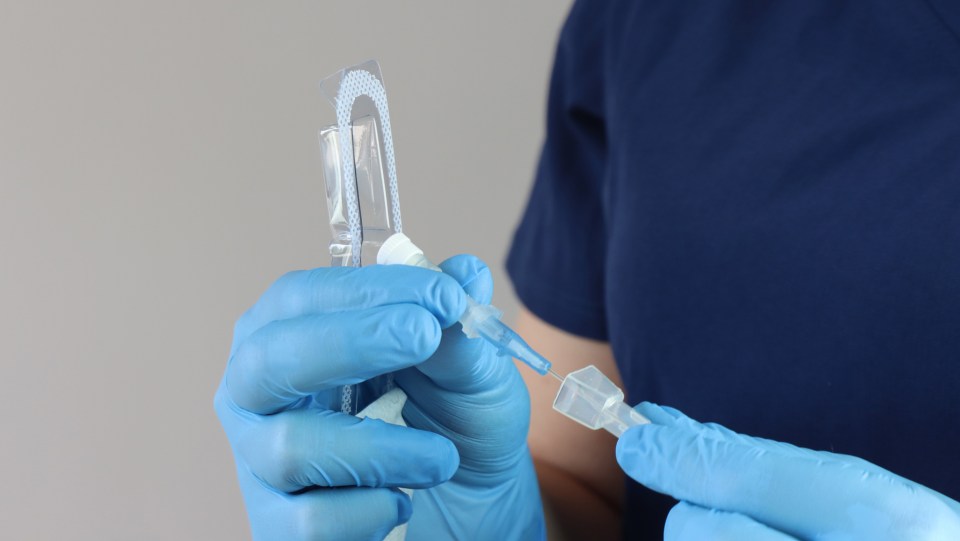Urinary Tract Infections (UTIs) are the most common type of healthcare-associated infections. Prolonged use of a catheter increases the risk of developing catheter-associated UTIs (CAUTIs).
In order to reduce these types of infections, Encompass Health Rehabilitation Hospital of Cummings in Georgia, conducted a study to identify effective interventions to prevent a CAUTI.
Life Cycle of Catheter is a conceptual framework used to develop targeted interventions for each stage of cathertization to prevent CAUTIs. This model not only helped in developing interventions but also assisted in identifying the gaps that were leading to an increase in catheter days. Implementation of these targeted interventions has led to reduction in the catheter days at Encompass Health Cummings.
Basis of Inquiry
One CAUTI event was identified in April 2023 at the rehabilitation hospital. A root cause analysis of the event revealed that the number of catheter days had increased. Further evaluation identified the gaps in communication and follow-up processes, leading to the increase.
Prolonged use of a urinary catheter increases the risk of infection and can lead to delays in discharging patients.
Purpose/Objective
- Reduce the monthly catheter days
- Prevention of CAUTI
- Development of process to spread team awareness about the irrational urinary catheter use
- Creation of daily communication process
Methods
Life Cycle of a Catheter was used to develop protocols to prevent CAUTI and improve communications. This framework describes the life cycle of Foley catheter in four stages:
- Insertion of the catheter
- Care of the catheter
- Removal of the catheter
- Re-insertion of the urinary catheter
Targeted interventions were developed to address each stage. These intervention’s included education, spreading awareness, teaching and development of a hospital-wide team communication process. Monthly catheter days along with patient days were monitored. Surveillance of catheter-associated urinary tract infections was regularly performed.
CAUTI Study
Download the StudyFindings andOutcomes
Monthly catheter days, monthly patient days and CAUTI rates were monitored and used to determine the effectiveness of the interventions.
The Results
- A 29% reduction in the catheter days during the period of the study
- No CAUTI identified after the implementation of the process
- Monthly patient days was increasing in the facility due to increase in patient census; however the catheters days continued to reduce.
Appropriate use of catheters and their removal as soon as possible plays a vital role in the prevention of CAUTIs. Implementation of targeted interventions at Encompass Health Cummings helped reduce the use of urinary catheters. These strategies led to early removal of urinary catheters, which significantly reduced the risk of infection. Team involvement has been an effective approach in reduction of catheter days, too.
Study By:
Manu Sharma, MSN, RN, CIC, CRRN – Infection Preventionist, Encompass Health Rehabilitation Hospital of Cumming
The content of this site is for informational purposes only and should not be taken as professional medical advice. Always seek the advice of your physician or other qualified healthcare provider with any questions you may have regarding any medical conditions or treatments.



